Geophysical prospecting's roots
/ As a schoolboy, I used to frequent the second-hand bookshops of Reading, Cambridge, and all over the south east of England. Though not much of a collector, I was taken with the challenge once: Penguin's quarterly science magazine of the late 40s and early 50s: Science News. I completed the set only a few years ago. I'll be honest, while the articles were often very interesting, I was mainly interested in the beautiful cover design. Classic mid-20th Century Penguin.
As a schoolboy, I used to frequent the second-hand bookshops of Reading, Cambridge, and all over the south east of England. Though not much of a collector, I was taken with the challenge once: Penguin's quarterly science magazine of the late 40s and early 50s: Science News. I completed the set only a few years ago. I'll be honest, while the articles were often very interesting, I was mainly interested in the beautiful cover design. Classic mid-20th Century Penguin.
Most of the articles are very dated of course, but I find them interesting to read nonetheless. Today, I thought I'd excerpt a 1948 article by one A Harford: Advances in geophysical prospecting. It's interesting because this post-war period was really the dawn of the golden age of the oil and gas industry. Naturally, this meant rapid advances in exploration geoscience, especially well logging, reflection seismology, and gravity-magnetics. No doubt wartime technology had its effects; certainly the development of seismic and signal processing technology was accelerated by the Great War and World War II. This article is mostly about magnetic surveys, but he touches on all of these technologies.
...geophysics hardly began until the 1920’s, since when it has expanded at a furious pace. Big business found that geophysics would detect new oil-fields with greater certainty than any other means and, as they found this new technique increased their profits, they lavished money upon it for many years. As more money was spent on better instruments and interpreters the successes increased until, in fifteen years, the gravity meter for instance reached ultimate sensitivity. Between them the physicists and geologists discovered numerous oilfields with relative ease and seemed to find the pace invigorating. Certainly the oil industry has created geophysics, which even now is little used outside problems connected with oil.
DOWNLOAD THE REST OF THE ARTICLE
 The blustery language ('the oil industry created geophysics'!) and fearless modernism seems quaint now, but the rate of new oil and gas discoveries at the time was several times what it is today (see chart). I sometimes wonder if the thought of technology leading us has left us jaded; one often hears people react negatively to new tools or software: "We didn't need that in my day".
The blustery language ('the oil industry created geophysics'!) and fearless modernism seems quaint now, but the rate of new oil and gas discoveries at the time was several times what it is today (see chart). I sometimes wonder if the thought of technology leading us has left us jaded; one often hears people react negatively to new tools or software: "We didn't need that in my day".
← Image from Wikipedia article on peak oil
 Part of me thinks the world has changed so much—hydrocarbons are much, much harder to find today—that this is all really just ancient history. But I also recognize that the tools we have are far more powerful, and our knowledge so much more profound: plate tectonics was still a hotly-debated concept in 1948, for example. So who really has the advantage?
Part of me thinks the world has changed so much—hydrocarbons are much, much harder to find today—that this is all really just ancient history. But I also recognize that the tools we have are far more powerful, and our knowledge so much more profound: plate tectonics was still a hotly-debated concept in 1948, for example. So who really has the advantage?
Disclaimer To the best of my knowledge, the original article first appeared in the October 1948 issue of Science News, published by Penguin Books of Harmondsworth, England. It is excerpted here, and made available for download, with their advice but not their explicit permission; Penguin is not involved in this website. To the best of my knowledge, the material is copyright free today; if you believe otherwise, get in touch.



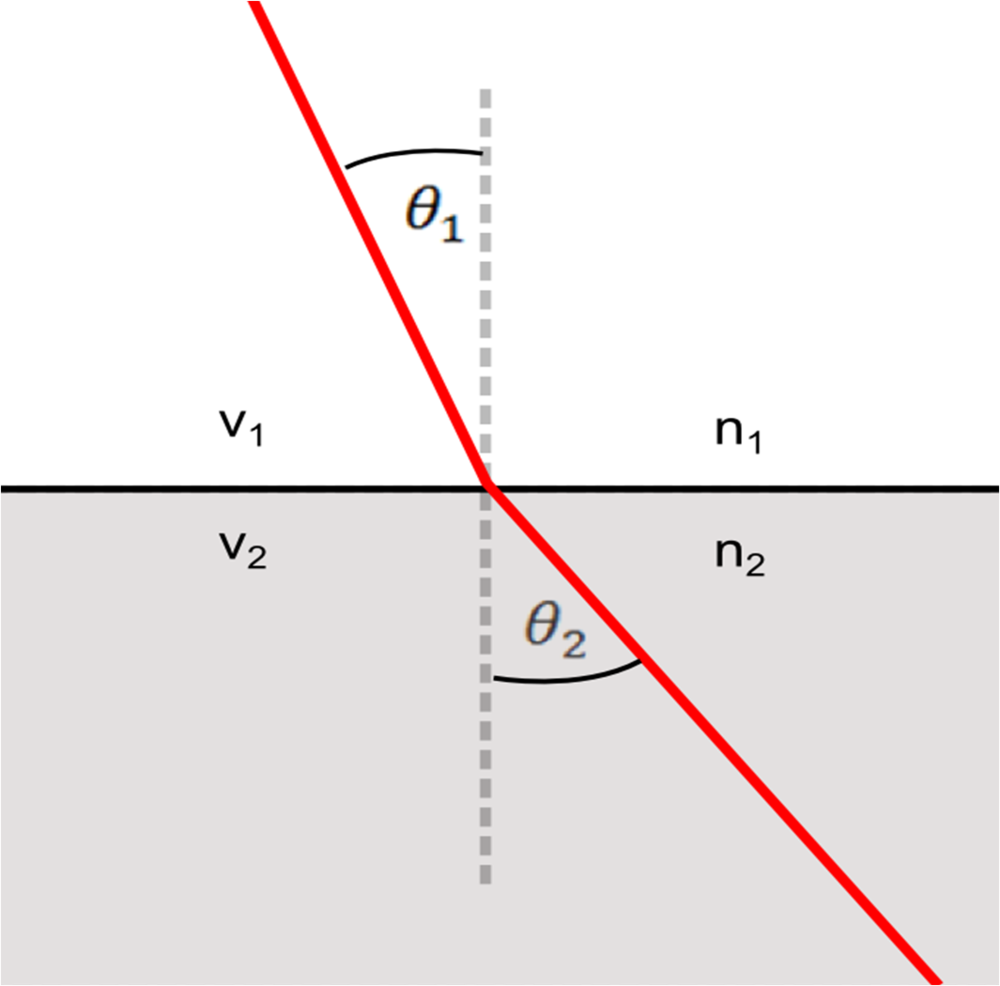
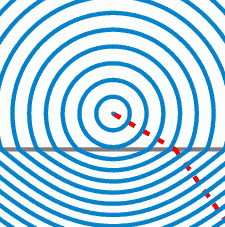
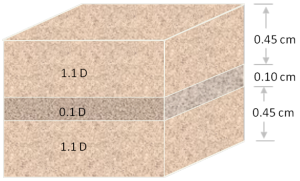




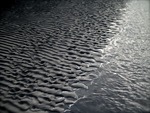
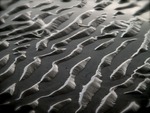
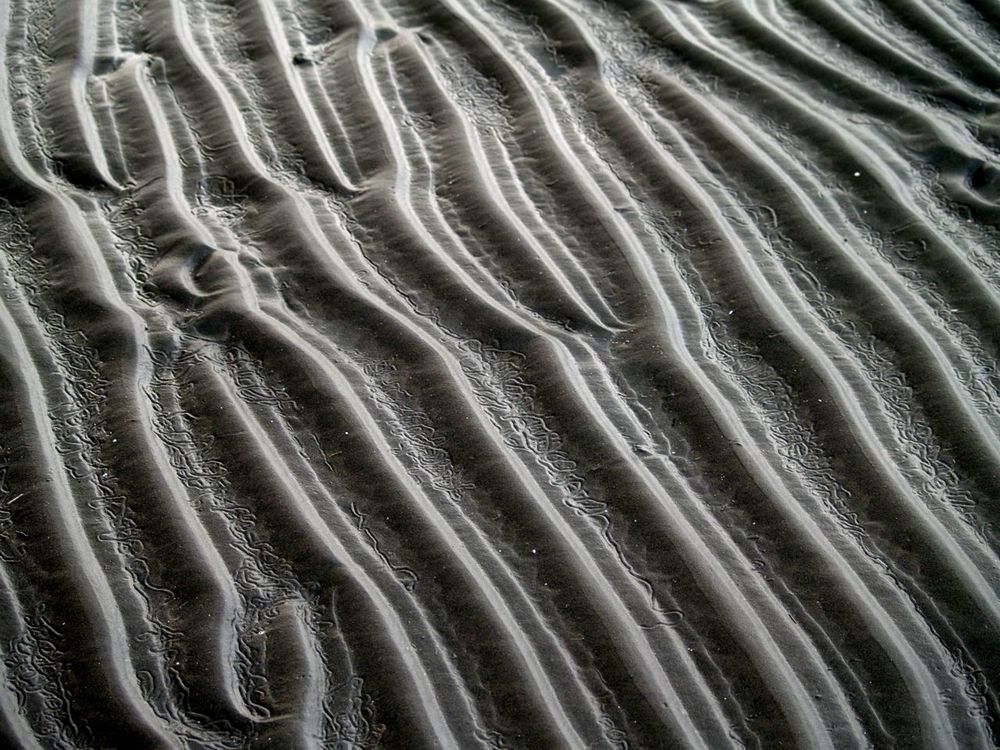




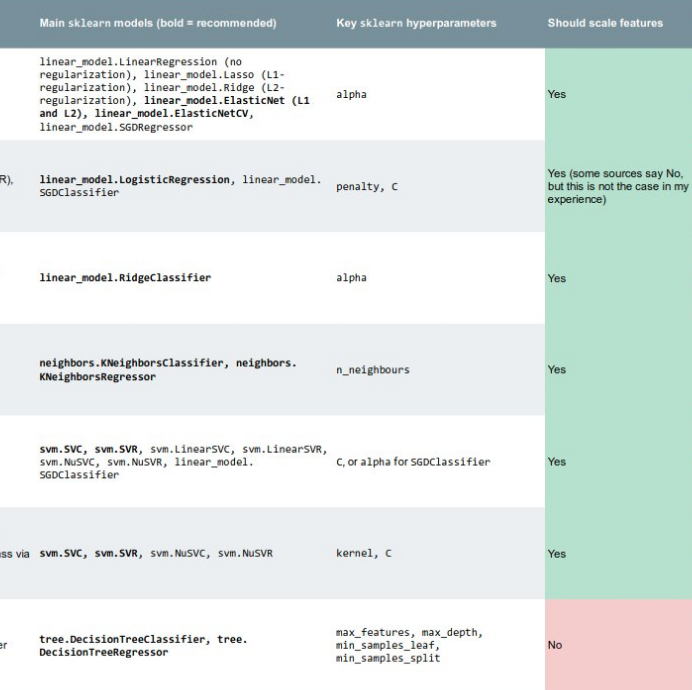

 Except where noted, this content is licensed
Except where noted, this content is licensed